Media working in Fragile Environments
Media organisations often operate in hostile or fragile environments in order to be able to report on engaging and sometimes critical stories, this means that reporters and crew must be in possession of the skills and knowledge to safely deal with incidents as and when they arise. The way in which the risks to media teams is reduced when operating in fragile environments is through a range of risk reduction measures in conjunction with an overall risk mitigation plan. It is worth noting that when travelling to or working within any type of hostile or fragile environment, then it is not really possible to mitigate risks altogether although with the correct knowledge and experience then we are able to reduce such risks.
Hostile Environment Awareness Training
One area where risks can be reduced is through specific awareness training delivered to media crews who are travelling and working in such environments, this level of training assists towards the duty of care perspective and ensures media staff have the basic knowledge to live and operate overseas. Example of content taught on a course would be (but not limited to): – Pre trip planning – Personal security – Basic medical training – Vehicle and hotel security – Urban orientation – Ballistic awareness – Mine awareness – Kidnap and ransom – Embedding techniques The emphasis on any course would be that of understanding the theory aspects before progressing to practical examples, demonstrations and scenario based training. This type of training can be delivered over varying durations although depends on the experience of those attending the training, for example those without any experience would benefit from at least 5 days of specific training compared to someone that has attended training before and only require a refresher course. In addition to this type of training, then other ways to reduce the risks faced with the media and fragile environments can be travel tracking systems, specific procedures and policies in place, country wide risk assessments and a general knowledge of where media teams are being sent to, the reason they are being sent and also the inherent risks within that country. A means of identifying the external risks in terms of different countries is the use of PESTEL analysis which will look at the political, economic and social environments as examples. Another example of the experience of CTR Secure Services in assisting media teams and other industries working overseas, is that of CTR 24 which brings technology, consultancy and physical services together. Further information can be found here.



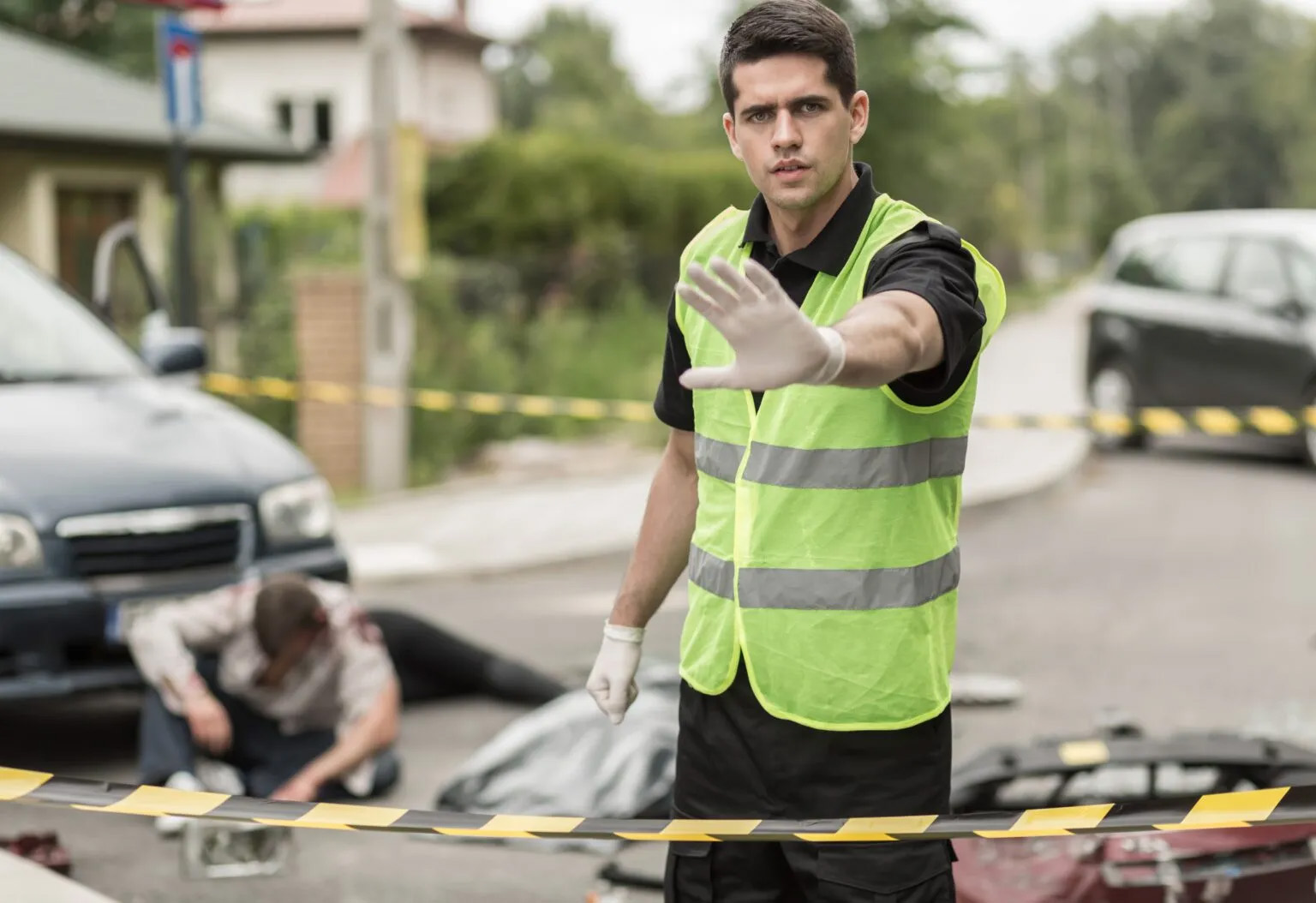
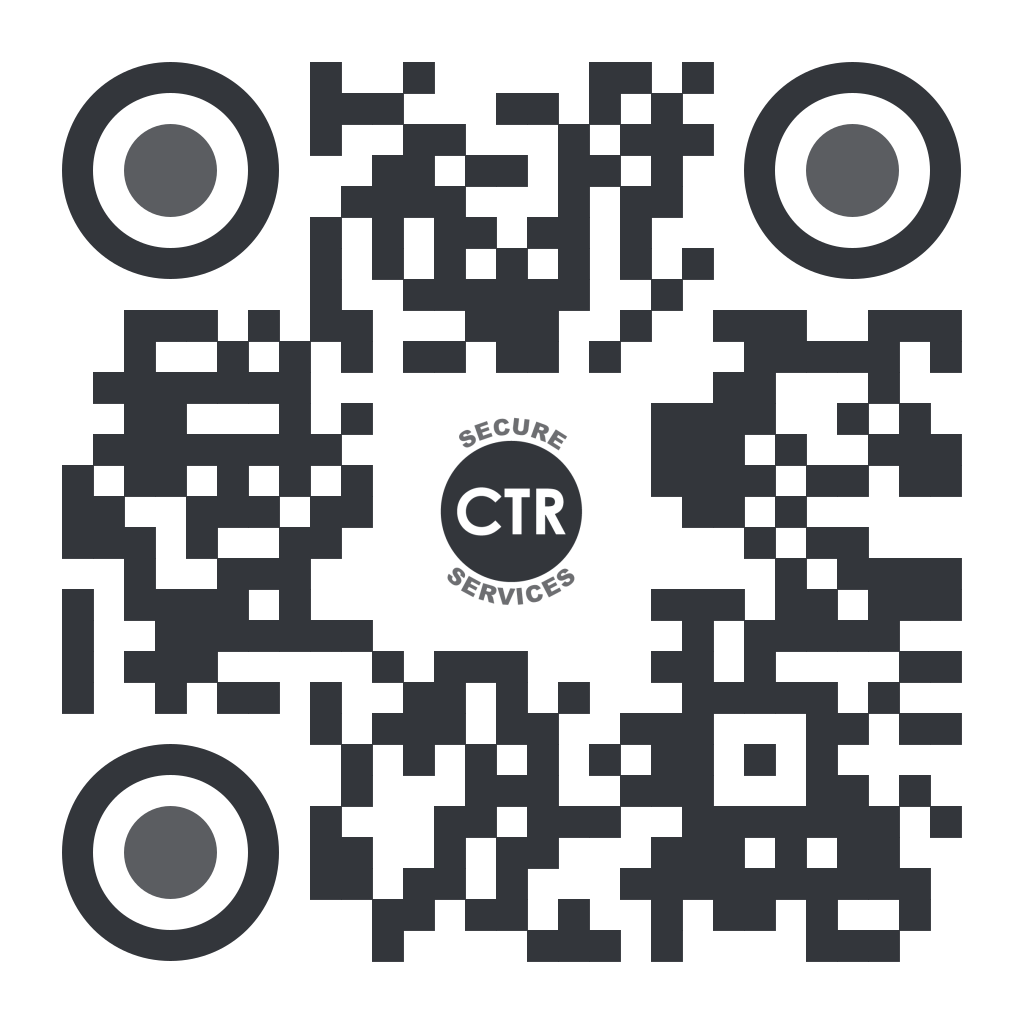
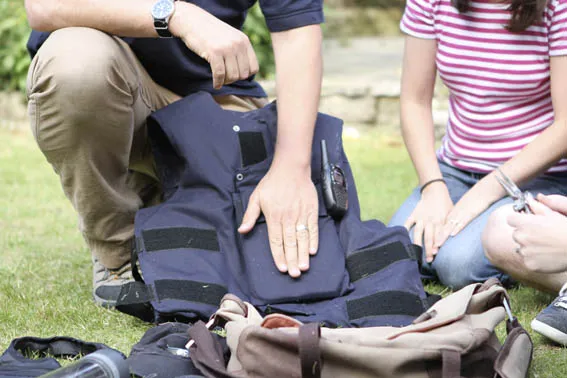
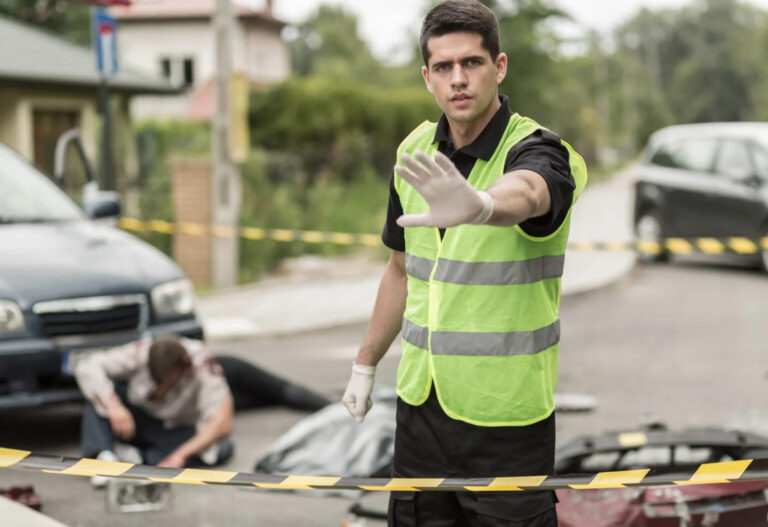
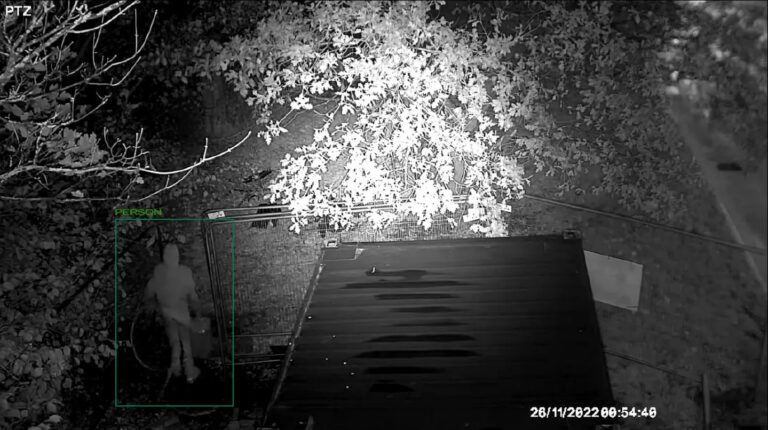

 by
by 

